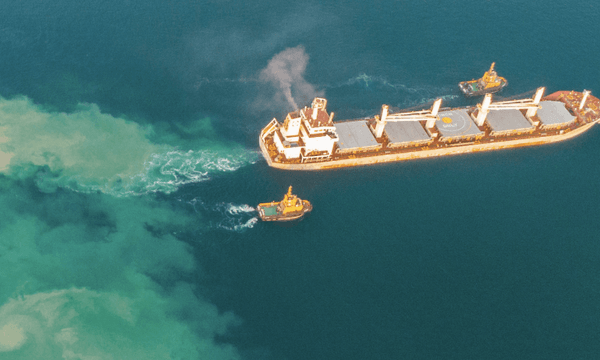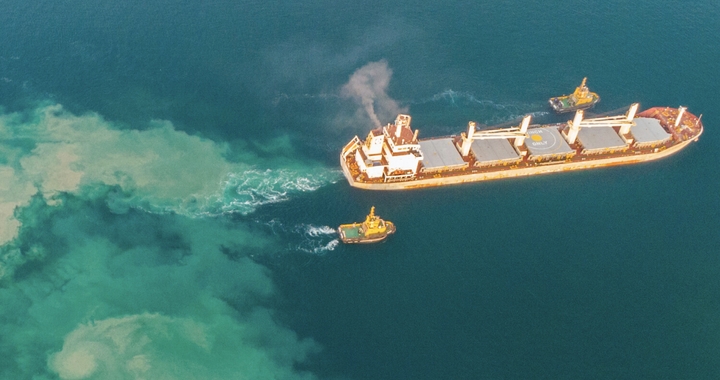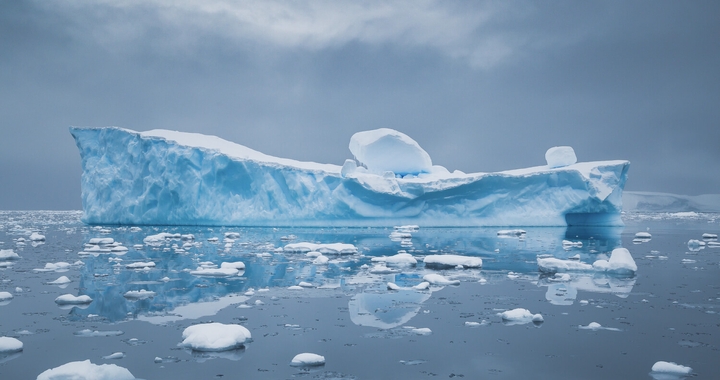IMO


The International Maritime Organization (IMO) is an agency run by the United Nations that works to keep international shipping safe and secure while preventing atmospheric and marine pollution from ships.
Currently, there are 174 countries that are following the conventions and protocols that the organization has in place. The IMO sets the universal best practices of international shipping for all parties concerned.
Evolution of the Organization
As globalization developed through the mid 19th century, countries started working to put international regulations in place to standardize transportation processes. Several countries sought to establish a permanent international body to promote good shipping practices, but it wasn’t until the United Nations was established that the movement gained traction.
In 1948, a conference in Geneva led to the adoption of the convention that officially established the IMO. The original name was the Inter-Governmental Maritime Consultative Organization (IMCO), which was changed in 1982.
Though it was established, the IMO Convention wasn’t enforced and put into use until 1958. Meeting the following year, the IMO first worked to adopt a new version of the International Convention for the Safety of Life at Sea (SOLAS). Once the most important issues were established to deal with safety, they started working on the logistics of international traffic, load lines, and how ships carried dangerous goods.
While the organization continues to regard safety as its number one priority, the Torrey Canyon disaster of 1967 made it clear that pollution was a pressing international issue. The 120,000 tonnes of oil that spilled served to illustrate the potential harm that shipping could have on the sea.
Several years of working to prevent oil tanker accidents and make routine operations like cleaning tanks and disposing of waste more intentional led to the 1973 International Convention for the Prevention of Pollution from ships. This became the current MARPOL protocols that cover pollution far beyond oil.
Over the years, the IMO has worked to set up a system to compensate people who suffer financially from pollution and torn down barriers to get people paid. The system was refined to make it faster and easier to get money to victims.
In the 1990s, great attention was placed on keeping the humans aboard ships safe. The International Convention on Standards of Training, Certification, and Watchkeeping for Seafarers was amended. The greater safety standards marked the first time that the IMO had the power to check governments, and nations started having to submit the information that proved that they were complying with the convention.
Conventions in place
The IMO is currently in charge of 50 different conventions. Following the key pillars of the organization, they relate to maritime safety and security, prevention of maritime pollution, liability and compensation, and other subjects.
Three of the most notable conventions upheld by the IMO are:
- The International Convention for the Safety of Life at Sea, SOLAS, 1974.
- The International Convention for the Prevention of Pollution from Ships, 1973, which was changed to the MARPOL Protocol in 1997.
- The International Convention on Standards of Training, Certification, and Watchkeeping for Seafarers. STCW.
Conventions continue to be added and updated as the shipping industry evolves.
Fighting climate change

As climate change becomes a pressing global concern, the IMO has put measures in place to do its part to control emissions of greenhouse gases. These mandatory measures are aimed at reducing the amount of CO2 released by international shipping.
The IMO is currently working on plans to:
- Lower the carbon intensity of ships by making them more efficient.
- Reduce emissions by transport work, with goals to lower emissions by 40% by 2030, and 70% by 2050.
- Halve the total amount of greenhouse gas emissions from international shipping by 2050.
The IMO is working to put in place agreements that would meet the same environmental goals as the Paris Agreement. They have set up a system to evaluate how effectively each nation is following these practices.
To meet societal ecological targets, there is a need for evolution towards zero-carbon ships and the technologies that would make them a reality. The 53,000 merchant ships moving goods across the globe account for 6% of global oil use at 5 billion barrels per year.
Efforts to eliminate carbon emissions include looking at nuclear propulsion as a possible alternative. Other fuels are being considered like electric, hybrid, and hydrogen. Many other solutions are being explored to overcome operational bottlenecks to just-in-time shipping.
Your Business and the IMO
Does your business operation involve shipping freight internationally by sea? If so, the IMO’s work will be a continual influence in the way you work with carriers and freight forwarders. For that reason alone, it makes sense to know a little about the organization, what it does, and how it operates.
In this article, we’ve shared some introductory details to give you a flavor of what the IMO is all about, but you’ll find much more information over at the website published by this powerhouse of ocean transportation policy.
We recommend that you add the IMO’s website to your list of bookmarks, as it’s a valuable source of shipping news and information for any enterprise dependent on ocean freight shipping services.


